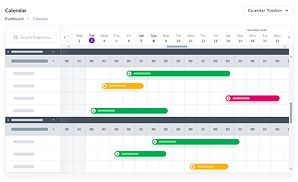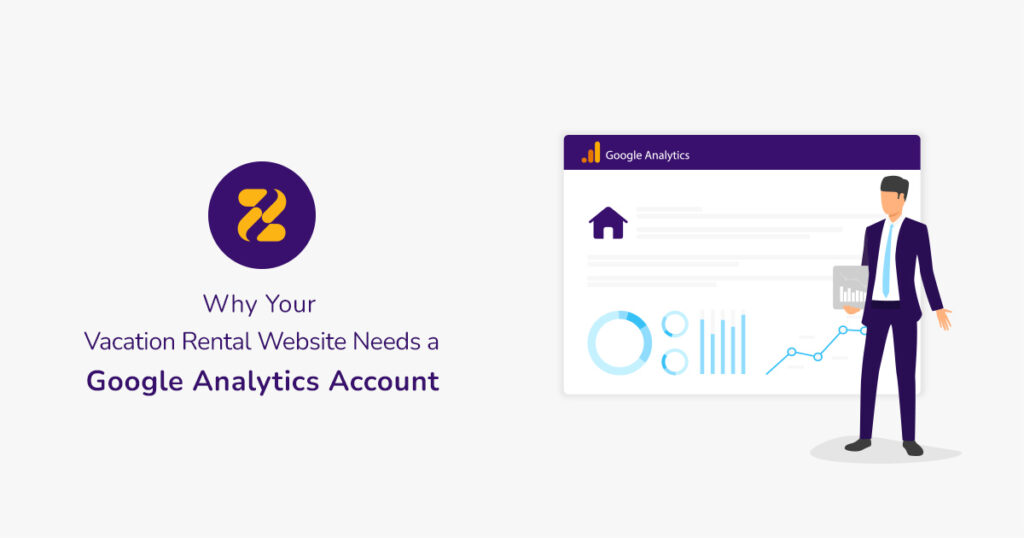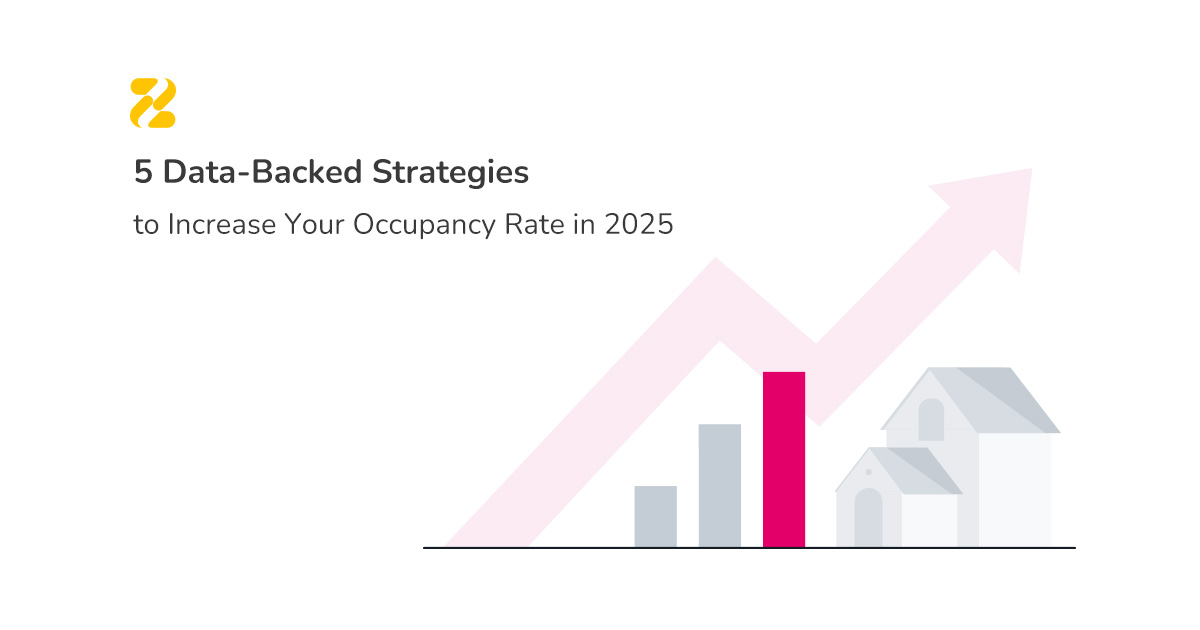Can you think of a property manager who isn’t excited about more direct bookings? Neither can we! Achieving this dream is nearly impossible without a holiday rental website. If you’re not seeing the direct bookings you’d hoped for, it’s time to ensure your website is running smoothly and fully optimised. One fantastic tool to help is a Google Analytics account for vacation rental websites.
You can spend hours designing your website or pay experts, but it’s crucial to check if these efforts lead to more bookings and income. That’s where Google Analytics comes to the rescue. Imagine your website as a complex system that suddenly breaks down, and you have no idea where the problem is. What if there was a smart detector that showed you exactly what’s working and what’s not? Wouldn’t you use it?
Google Analytics collects essential information to show how well different sections of your direct booking website are performing. In this blog, we’ll explain the basics of Google Analytics for vacation rental properties and how to use this data to analyse your website’s performance. You’ll see where your bookings come from, determine if your marketing strategies are effective, and identify their strengths and weaknesses.
Table of Contents
Set Up a Google Analytics Account for Your Vacation Rental Website
If you already have a Google Analytics account for your vacation rental business, then you’re one step ahead. If not, you can simply click here. Setting up an account on Google Analytics is just a piece of cake. What’s important is getting to know the basics and understanding what the numbers in each section mean.

Understand Your Potential Guest Sources and Marketing Trends
After logging in, follow this step-by-step guide to analyse your visitor data and improve your marketing strategies:
1. Access the Menu:
- On the left side of the screen, you’ll find a useful menu. This is key for making decisions about your online marketing strategies.
2. Analyse Visitor Sources:
- Go to the Acquisition section.
- Select the Source/Medium page to see where your visitors – potential guests – are coming from.
3. Review the Line Graph:
- At the top of the window, you’ll see a line graph.
- Focus on the numbers and dates to identify when your website had the highest visitor traffic.
- Highlight these times and check what marketing events were happening then.
4. Evaluate Marketing Actions:
- Consider if you had special promotions or published new content during peak times.
- If so, these actions were likely effective. Plan to repeat successful strategies in the future.
5. Examine the Data Table:
- Scroll down to find a table that shows visitor sources.
- Although it might seem complex at first, it’s quite clear once you review the rates and terms.
6. Interpret the Results:
- The table lists sources in descending order, showing where visitors found your brand.
- For example, if most visitors came from direct search and Google organic search, note the significant gap between these sources and others.
7. Strategise for Improvement:
- Focus on strategies to attract traffic from other traffic sources, as there is a notable gap between the top sources and the rest.

Learn Which Countries Your Visitors Are From
Next, check the Audience section in your Google Analytics account to analyse your vacation rental website. Then, go to the Overview section. Here, you’ll find statistics such as the number of new users and the average time people spend on your website. These metrics show how engaging your vacation rental website is.
Moreover, below this section, there’s a list of the countries your users are from.
The point of this section might seem a bit unclear, but from a marketing perspective, this information is extremely valuable. It helps you understand how effectively your website engages visitors. If you own more than one short-term rental, ask yourself, “where are they?” and “who do I want to target?”
You can adapt your website’s content with the culture of the people who spend the most time on your website. In the picture below, apparently, most visitors are from America. So, it would benefit the website owner to create content, especially blog posts and property descriptions, in American English.
You can also analyse specific data in more detail by merely choosing the city.
Be strategic! Every detail in your vacation rentals Google Analytics account can offer clues to guide you toward greater success. For example, if you want to expand your portfolio and most of your current visitors are from the U.S., why not research locations that are popular with Americans? The critical point is that you should never overlook this information.

Analyse Your Visitors in More Details
In the previous section, we discussed targeting specific groups of travellers based on where most of your website’s visitors are from. What if you’ve already decided on your target audience and now want to see if your website is effectively attracting them? From the main menu of your Google Analytics account for vacation rental websites, choose Demographics/Age or Gender.
Do you have a short-term rental in Cambridge, and is your target market groups of young students? If so, take a look at the Age Demographics section in your Google Analytics account for your vacation rental business. A result similar to the example below indicates you’ve been quite successful. Otherwise, it may be time to seriously revise your marketing strategies.
The same applies to the Gender section. If your short-term rental property is in a less safe neighbourhood for women, but most of your website visitors are female, there’s a problem. You should investigate and address this issue to better align with your target audience’s needs and enhance the overall guest experience.

Identify the Most Engaging Pages for Your Potential Guests
Now that you know the location, age, gender, and interests of most of your users, it’s time to dive into how well each landing page on your website engages them. A Google Analytics account for your vacation rental business gives you a clear map of visitor flow, found under Users Flow.
Before using this map, keep in mind that you can observe the behaviour of any specific group of your website’s visitors. For example, you can categorise visitors by location to see which paths people from specific regions take, where they drop off, and where they eventually end up.
After targeting your particular group, it is time to follow their track using your Google Analytics account for vacation rental websites.
What’s your final goal? It’s likely getting visitors to your booking page and pressing the “Book Now” button. This map shows how many people reached that point. Identify the paths that led the most visitors to your booking page. Examine their characteristics, the content they engaged with, and what it was about.

Use Analytics to Increase Conversions
Checking your conversion rate is a must while working with your short term rentals website’s Google Analytics account. The average conversion rate of a hotel website is 1% to 3%. What’s your conversion rate on Google Analytics?
The answer to that question is crucial for your business. Everything you do on your website, social media, and other platforms aims to turn potential guests into loyal ones.
If your conversion rate is below average, now that you know which pages are effective and which are not, it’s time to revise your business plans to improve that rate. With this data, you can identify which types of content engage specific groups from wide range sources. After creating a new content marketing plan, you can optimise your website and adjust your marketing strategies based on these insights.

Maximise Direct Bookings with Website Optimisation
If you’re determined to boost your direct bookings, you’ve got no other way but to invest in your vacation rental website. And by investing, we don’t mean just spending much money on its design or hiring professional content writers. Of course, that all matters, but before being able to optimise your website, you need to analyse it and see where the problem is.
Without knowing which landing pages are converting and which aren’t, any marketing strategy you use to attract more direct bookings is likely to fail.




